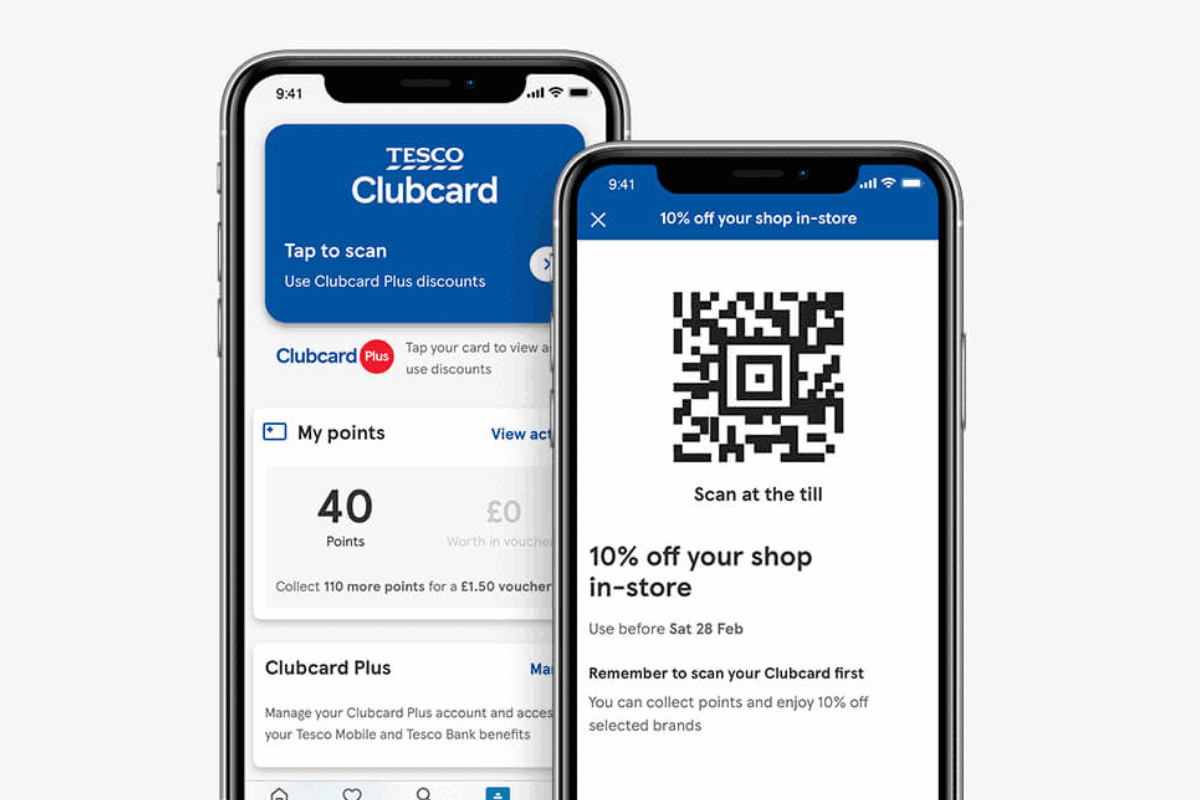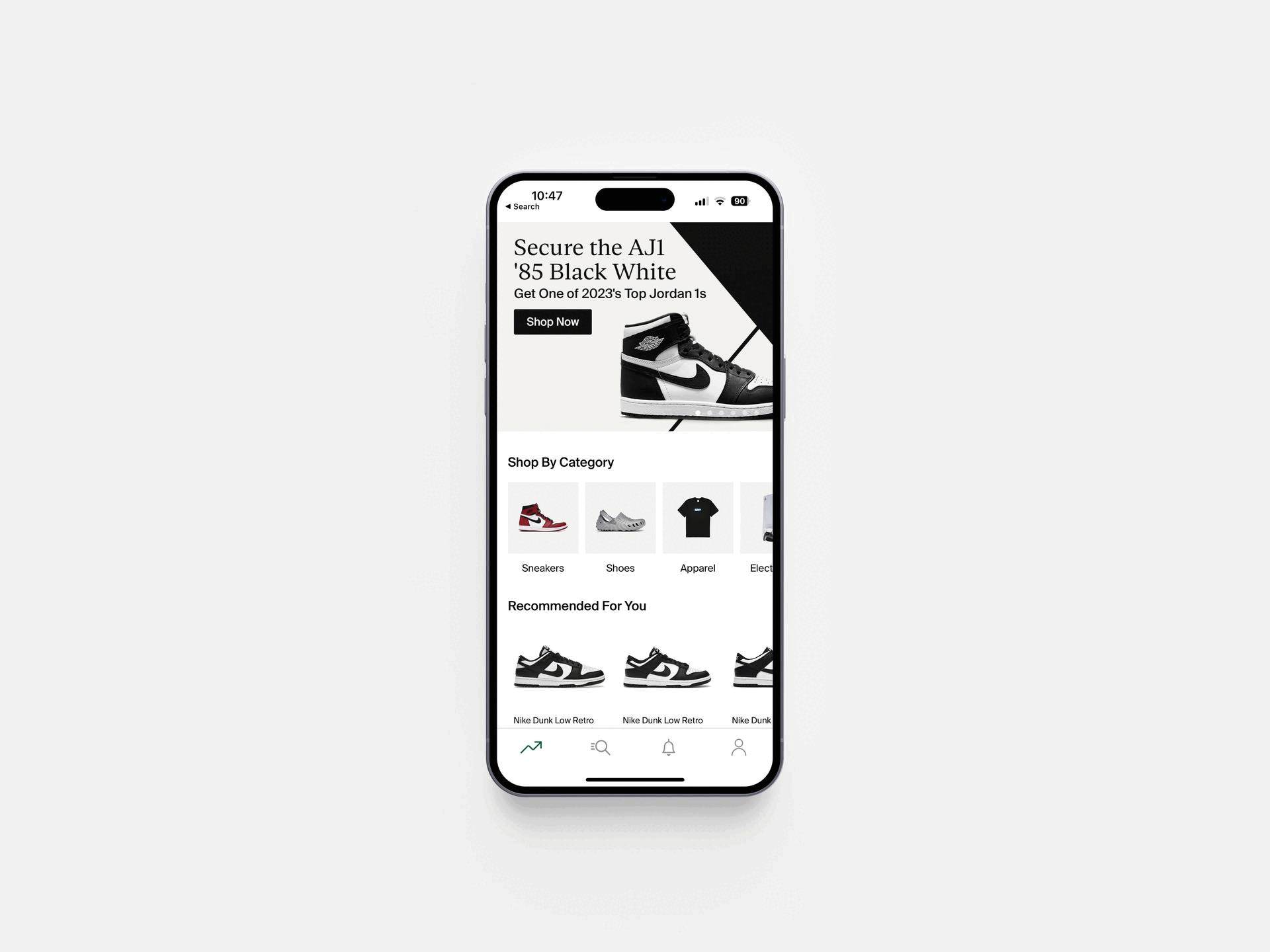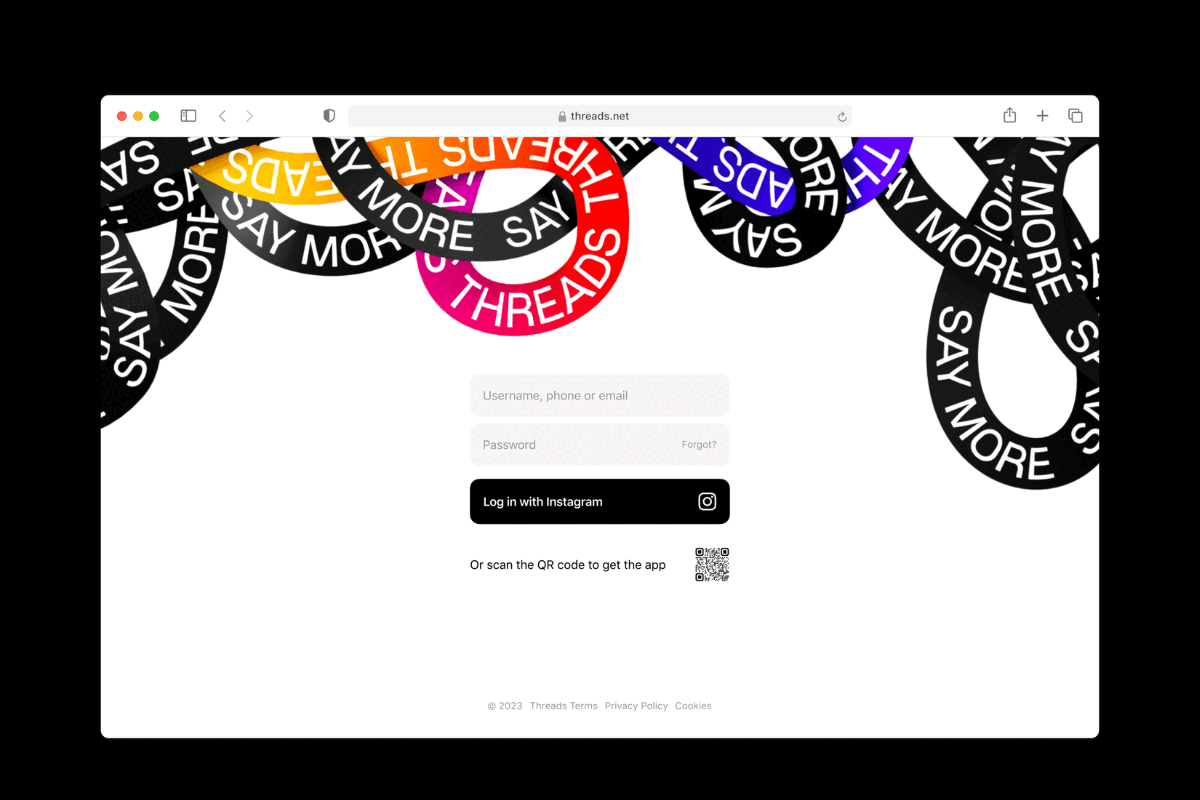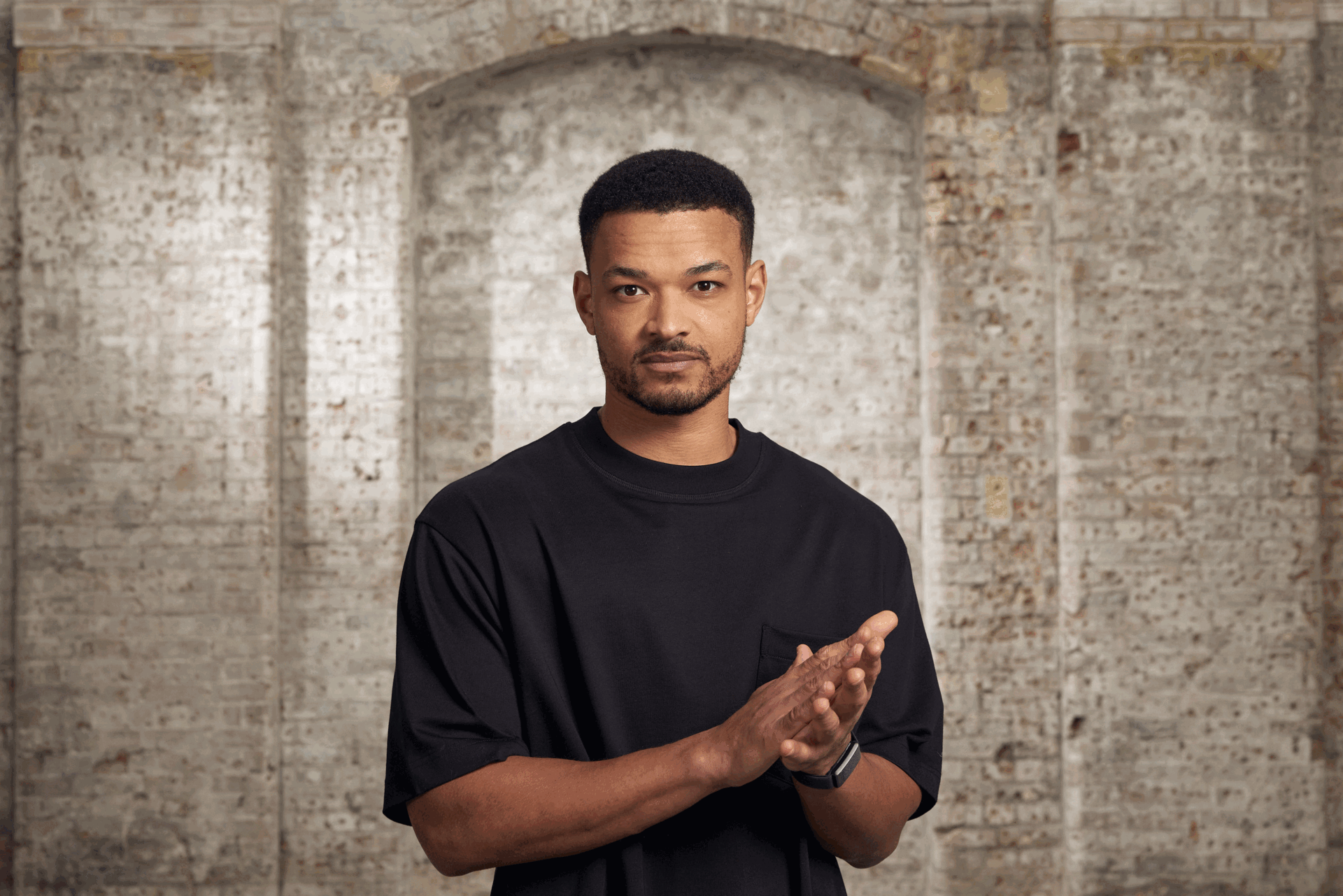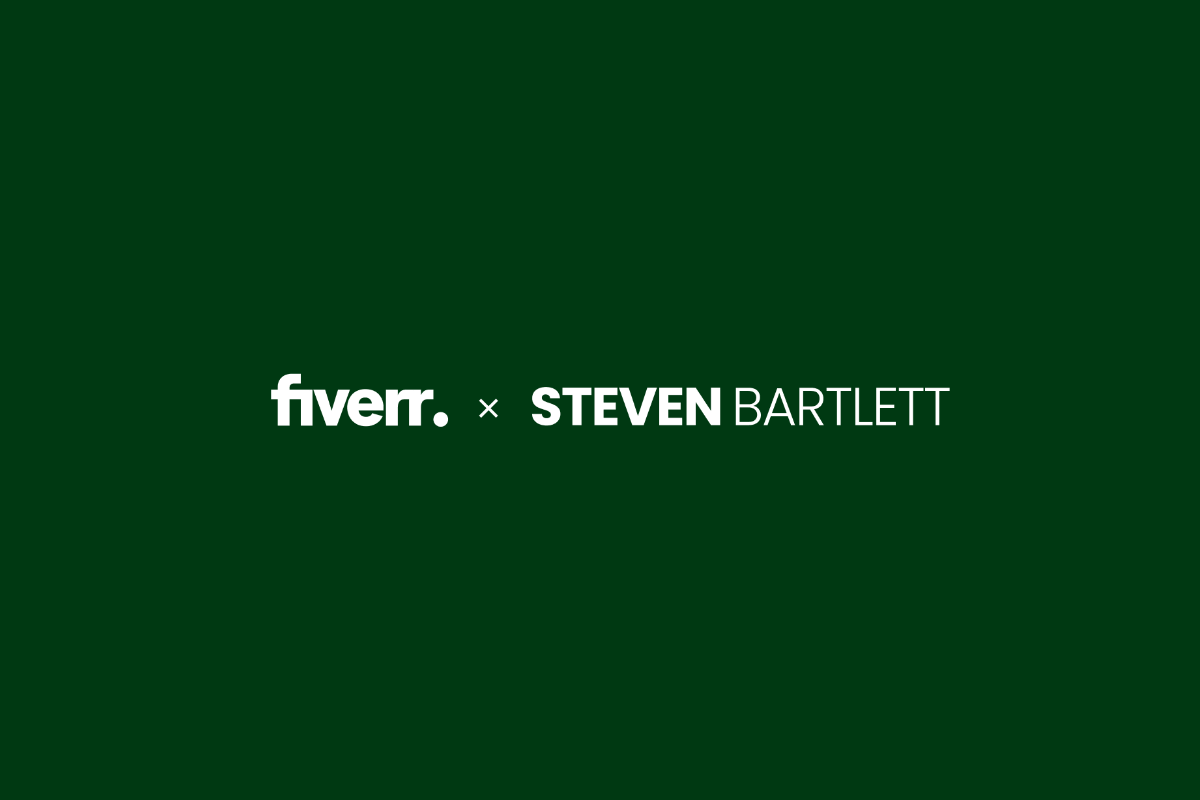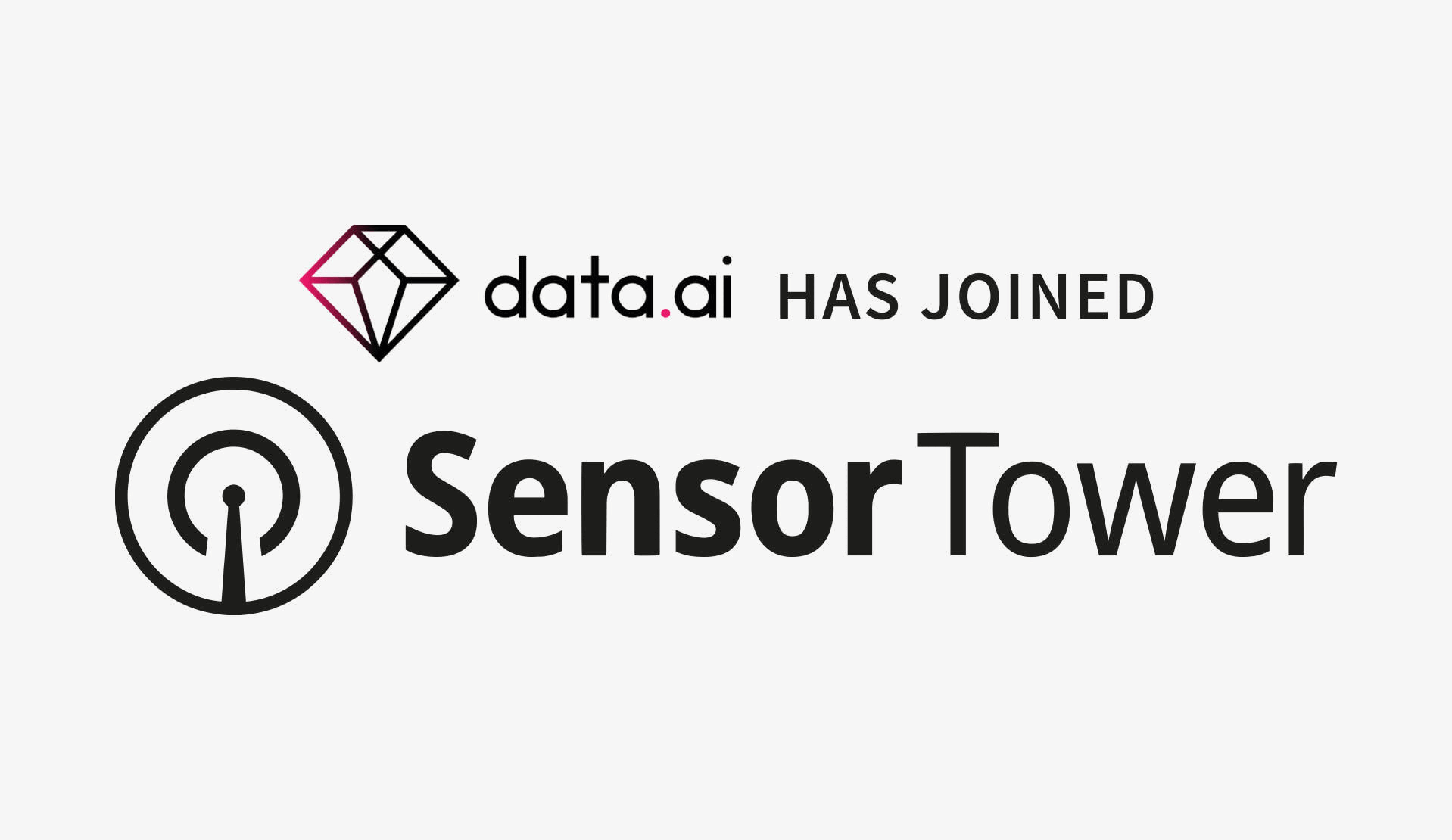Wimbledon launches virtual assistant, AI-edited highlights and mixed reality
- Tuesday, June 27th, 2017
- Share this article:
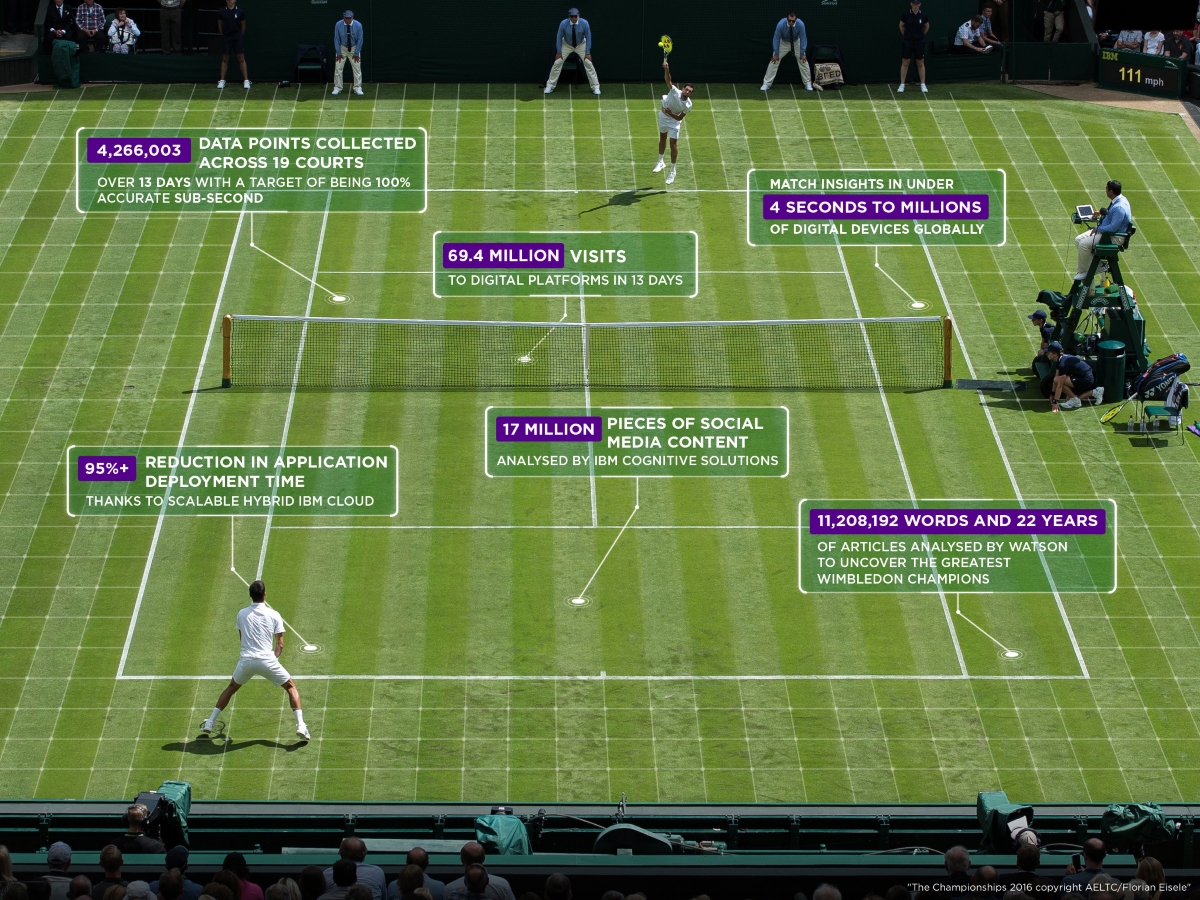
Wimbledon organiser AELTC (All England Lawn Tennis Club) and IBM have unveiled their technology offering for this summer’s Championships.
IBM has been the Championship’s official technology partner since 1990, and in recent years the two have worked together to grow Wimbledon’s presence on mobile, from web to app. In 2011, there were a total 51.9m visitors to its portfolio of digital properties – last year that number had grown to 69.3m.
“We’ve tried to prove you can do digital differently,” said Alexandra Willis, AELTC head of communications, content & digital, speaking at a press event at Wimbledon this morning.
 Meet Fred
Meet Fred
Heading up the new features for this year is Fred, an IBM Watson-based virtual assistant built into the Wimbledon app. Named after Wimbledon champion Fred Perry, the assistant builds on the chatbot functionality introduced in 2015, and aims to put “cognitive in the hands of the fan”, according to Willis.
“The major use case for Fred will be enabling someone who’s on site to have better exposure to what’s available to them around the grounds – food, beverages, retail, and general features like the hill, the museum, the kids’ zone,” she said. “It’s a very big site and research has shown that most people are either coming for first time and don’t know what to do, or have come many times and have settled into a routine, which means they may miss things.”
If Fred proves successful, it could be rolled out to cover a wider set of use cases, potentially including off-site.
“We believe that there’s an application for two-way conversation around the statistics and analytics of a tennis match,” said Willis. “What we’ve been guilty of in the past – due to the limitations of the technology – was creating a one-way push experience. We served up the numbers to fans, but didn’t give them any way to investigate them and find the parts they’re interested in.”
Automated highlights
Another big change is the use of Watson to automatically select and package video highlights from each match, which will be made available on Wimbledon’s app and site, and passed to the BBC to augment its coverage.
The highlights are selected based on not just match data, but also player movements and crowd noise, to identify the most exciting moments.
The idea is to accelerate the Wimbledon editorial team’s video production process, enabling them to scale up the amount of matches they can cover – but Willis said that AELTC also believes it could lead to better highlight packages that more accurately represent crowd sentiment.
This year, the automated highlights will cover the six main show courts, with an eye to rolling out across all courts in 2018 – “a lot of these new features are test beds for the future,” said Willis.
These automated highlights packages currently take 45 minutes to put together, but the aim is get that down to 30 minutes. As with a tennis serve, you might think that faster is automatically better – but Willis argued that it’s more complicated than that. “We actually don’t want it to be too quick,” she said. “We believe half an hour is about right for the catch-up audience.”
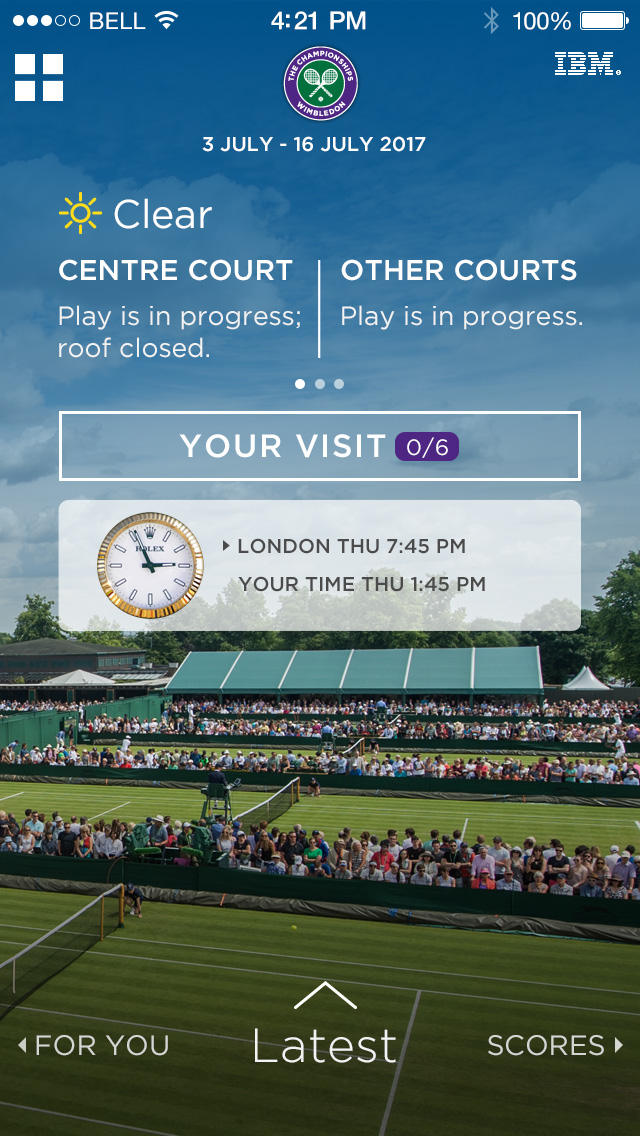 Augmenting the experience
Augmenting the experience
Match data has always underpinned AELTC and IBM’s work together. The two launched SlamTracker in 2012, and the platform has been expanded for this year’s Championship.
Insights into ‘pressure situation’ – such as when a player is down 0-40 in a game, or down two sets – will highlight turning points before they happen. Meanwhile, the ‘competitive margin’ metric measures the ratio of forced versus unforced errors between two players.
This might sound like in-depth analysis, but the intention is to better highlight the most exciting matches currently taking place, so visitors can know what’s worth following beyond the big-name matches on Centre Court.
“We’re thinking about the general sports fan – interested enough to tune into Wimbledon, but probably not following tennis through the rest of the year,” said Willis.
There’s a similar logic underpinning the final major addition to Wimbledon’s 2017 digital offering: a 360° mixed reality view of the practice courts. These games are open to the public, but haven’t previously been made available to viewers at home.
According to Willis, the most common issue with these games is that spectators might not know who the player is, or who they’re practicing with. An AR overlay on the footage will fill in these details, with graphics on each player.
Given that Wimbledon’s approach is to trial technology one year, ahead of a full rollout the next, does it have greater ambitions in this space?
“AR and VR are a similar place,” said Willis. “There’s a lot of vision and ambition – but is the hardware there yet?
“What we’re doing this year is very much mobile-focused rather than headset-focused. As headset technology potentially develops into something visitors might have with them, that’s something we’re all very excited about – but it’s quite a way off.”




